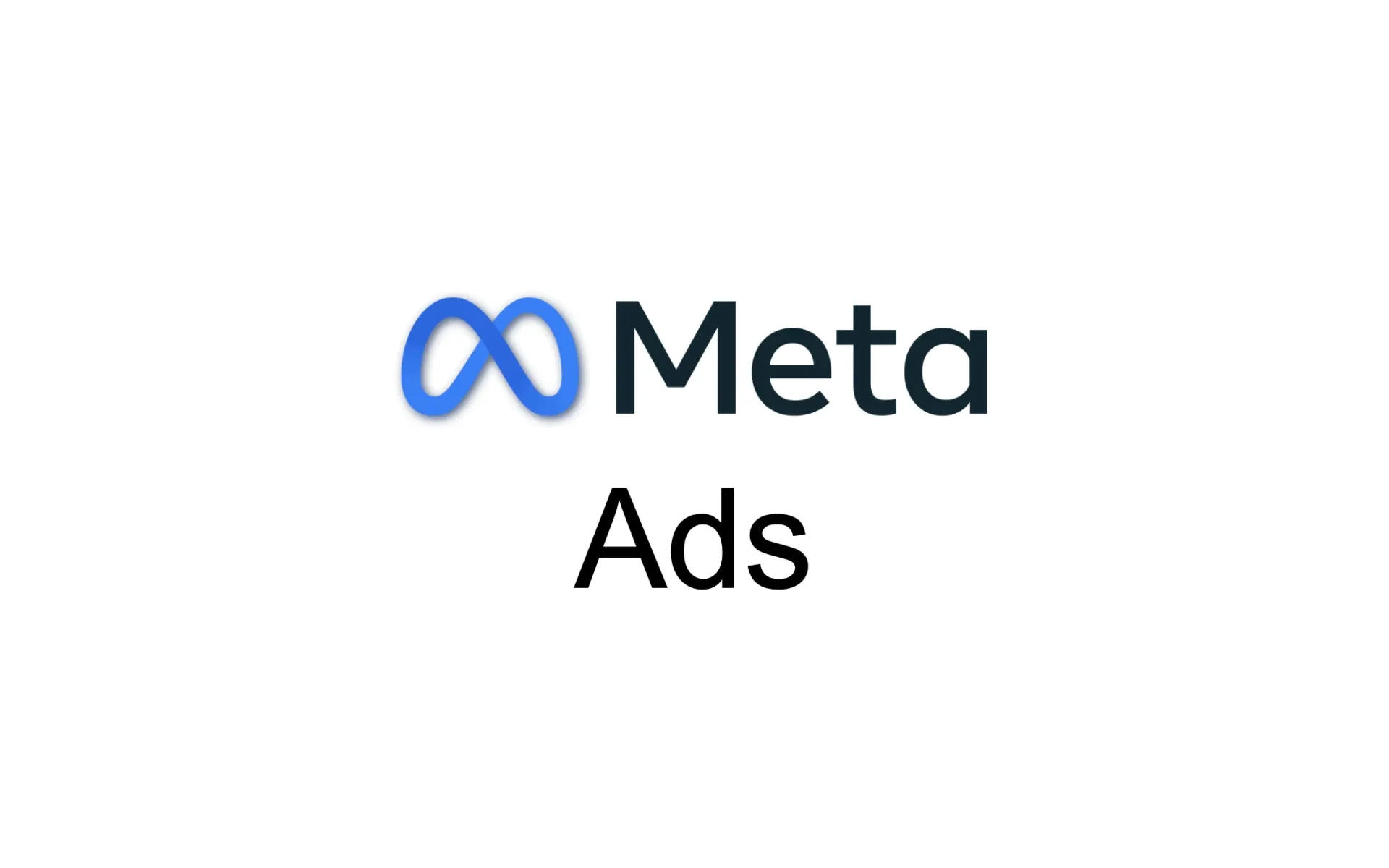Facebook Ads introduces new location targeting feature, expanding audience reach
Meta unveils a new option in Facebook Ads, allowing advertisers to reach users interested in specific locations, potentially doubling audience size.

On September 16, 2024, Meta introduced a significant update to its location targeting options for Facebook Ads. This new feature allows advertisers to expand their reach beyond people currently residing in or recently visiting a specific location, to include those showing interest in that area.
According to Bram Van der Hallen, a digital marketing expert, this update automatically enables a new option when advertisers add specific locations such as popular cities or regions to their targeting parameters. This option, labeled "Reach more people likely to respond to your ads," broadens the potential audience by including users who have demonstrated interest in the selected locations.
The expanded targeting encompasses users within the same country as the specified location. Meta utilizes various signals to identify individuals interested in a particular area:
- Recent visits or residency in the city or region
- Searches for terms and Marketplace listings related to the location
- Interactions with ads or Pages associated with the area
- Having friends who live in the targeted location
- Residing in nearby towns or cities
This update can significantly increase the potential audience size. Van der Hallen provided an example where targeting New York City saw the audience expand from 10 million to 23 million users with this new option enabled.
The feature aims to benefit businesses in several sectors:
- Travel and Entertainment: Reaching potential visitors planning trips to the targeted locations
- Retail and Restaurants: Attracting customers who intend to shop or dine in the area
- Professional Services: Connecting with individuals interested in services specific to a location
Meta's official documentation states that businesses using this feature have observed a 6.7% lower cost per result, indicating improved ad performance.
However, the update also raises considerations for advertisers. The expanded audience may reduce targeting precision, potentially impacting campaigns requiring strict geographical limitations. Businesses in sensitive sectors such as healthcare, pharmaceuticals, or biotech may need to disable this option to maintain compliance with location-specific regulations.
Advertisers should note that this new targeting option is enabled by default when available. Meta advises users to review their current settings before publishing any changes to ensure alignment with their campaign objectives.
The update reflects Meta's ongoing efforts to enhance ad targeting capabilities while navigating privacy concerns and regulatory scrutiny. By focusing on user interest rather than solely on physical location, the company aims to provide advertisers with more opportunities to reach relevant audiences.
This change in Facebook Ads targeting comes amid a broader industry trend of evolving privacy standards and data usage policies. As digital advertising platforms continue to adapt to these changes, advertisers may need to adjust their strategies to balance reach, relevance, and compliance.
Key facts about the new Facebook Ads location targeting feature:
- Announced on September 16, 2024
- Automatically enabled when selecting specific cities or regions
- Expands audience to include users interested in the location
- Only includes users within the same country as the targeted location
- Can significantly increase potential audience size (e.g., from 10M to 23M for New York City)
- Utilizes signals such as recent visits, searches, ad interactions, and social connections
- Reported to reduce cost per result by 6.7% on average
- Particularly beneficial for travel, entertainment, retail, and local service businesses
- May require disabling for businesses with strict location targeting needs
- Reflects ongoing changes in digital advertising targeting capabilities

